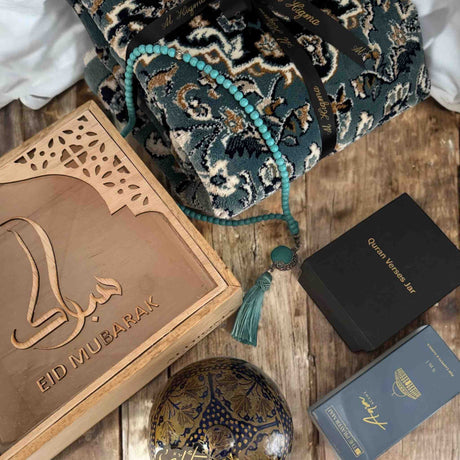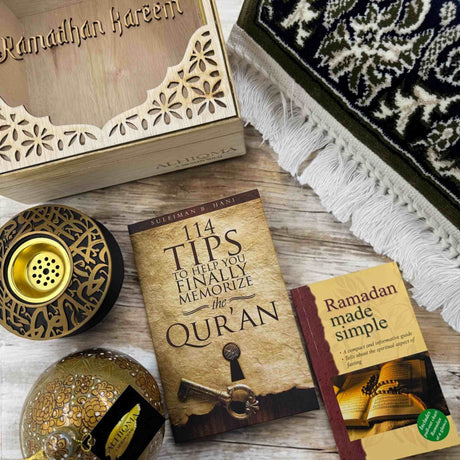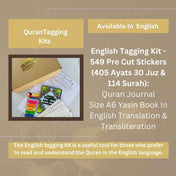Key Takeaways:
- Divine Miracle: Isra and Mi'raj epitomize a significant miraculous event where Prophet Muhammad (PBUH) was transported from Mecca to Jerusalem and then ascended to the heavens.
- Evidence from Sacred Texts: The events are well-documented in the Quran (17:1) and Hadith, reinforcing their importance in Islamic belief.
- Establishment of Salah: The command for the five daily prayers, a cornerstone of Islamic faith, was conferred during Mi'raj, emphasizing the importance of prayer in connecting with Allah.
The Isra and Mi'raj event holds a significant place in the history of Prophet Muhammad (PBUH), considered a fundamental belief by Muslims based on evidence from the Quran and Hadith.
Allah SWT says: "Exalted is He who took His Servant by night from the Sacred Mosque to the farthest mosque, whose surroundings We have blessed, to show him of Our signs. Indeed, He is the Hearing, the Seeing." (Quran 17:1)
This extraordinary event, experienced by Prophet Muhammad (PBUH), is considered a divine gift from Allah SWT, demonstrating His greatness and majesty. The two miracles, Isra and Mi'raj, unfolded in a single night.
Isra - The Journey from the Sacred Mosque to Al-Aqsa Mosque: Prophet Muhammad (PBUH) embarked on the Isra journey, led by the Angel Jibril (Gabriel), from the Sacred Mosque in Mecca to Al-Aqsa Mosque in Palestine. Before the journey began, Jibril purified the Prophet's heart with the sacred water of Zam Zam. Throughout the journey, at specific historical and sacred sites, the Prophet was directed to stop and perform two rakats of prayer.
Some notable places during the journey included Thaibah (Madinah), the site of Prophet Musa's revelation, and Bethlehem (where Prophet Isa was born). The Prophet witnessed unique events, such as observing a community planting and harvesting crops repeatedly, symbolizing the multiplied rewards of those engaged in jihad for the sake of Allah.
Mi'raj - Ascending to the Farthest Lote Tree: Mi'raj refers to Prophet Muhammad's ascent through the seven heavens to Sidratul Muntaha and the divine presence. The chronological events of Isra and Mi'raj are as follows:
- Isra: The Prophet was transported by Buraq, and during key stops, he prayed and purified himself.
- Arrival at Al-Aqsa: The Prophet led prayers at Al-Aqsa Mosque, followed by a unique experience of divine hospitality, choosing to drink milk among other offerings.
- Mi'raj: The ascent through the heavens involved encounters with various prophets, witnessing events like the sea of people, and ultimately, the direct vision of Allah. The Prophet received the command to establish the five daily prayers, initially set at fifty and later reduced to five.
After the Mi'raj, the Prophet returned to Mecca, delivering the revelation of the obligatory five daily prayers to the believers.
Significance and Lessons: Isra and Mi'raj offer profound lessons and insights:
-
Real Event: The journey was not a spiritual or dreamlike experience but a tangible and real event in the life of Prophet Muhammad (PBUH).
-
Demonstration of Allah's Power: The event showcases the immense power of Allah, emphasizing His ability to decree and orchestrate extraordinary occurrences.
-
Honoring the Prophet: Isra and Mi'raj symbolize Allah's honor and elevation of Prophet Muhammad (PBUH), chosen to experience this miraculous journey.
-
Universal Message: The event signifies that Islam's teachings are not confined to a specific locality but are meant for all of humanity.
-
Purification and Preparation: The purification of the Prophet's heart before the journey signifies the importance of inner purity and preparation for approaching Allah.
-
Divine Commands: The direct command for establishing the five daily prayers underlines their paramount significance in Islam.
As Muslims reflect on the Isra and Mi'raj, they draw inspiration, affirm their faith, and strengthen their commitment to the pillars of Islam.
After reflecting on the profound lessons and insights of Isra and Mi'raj, those interested in deepening their spiritual practices can explore Salah-ul-Tasbih, a prayer that encapsulates the essence of devotion and remembrance of Allah, and Benefits of Tasbih that highlights the impacts of prayers on a Muslim's life, as inspired by these significant events.
Frequently Asked Questions about Isra and Mi'raj
Q: What exactly are Isra and Mi'raj?
A: Isra and Mi'raj are two parts of a miraculous journey taken by Prophet Muhammad (PBUH). Isra refers to his night journey from the Sacred Mosque in Mecca to Al-Aqsa Mosque in Jerusalem. Mi'raj describes his ascension from Jerusalem through the seven heavens, culminating in a meeting with Allah (SWT).
Q: Was the Isra and Mi'raj a physical journey or a spiritual experience?
A: There has been some debate among scholars regarding whether the Isra and Mi'raj involved the Prophet's (PBUH) body and soul or his soul alone. The prevalent view among leading scholars is that it was a physical journey experienced while awake, which included both his body and soul. This interpretation is supported by various hadiths and the clear implication of bodily transportation in Quranic verses discussing the event.
Q: How many prayers were originally prescribed during Mi'raj, and how did it change?
A: During the Mi'raj, Allah (SWT) initially prescribed fifty daily prayers for the Muslim Ummah. However, after consultation with Prophet Moses (PBUH), who advised that the number was too great for the people to bear, Prophet Muhammad (PBUH) requested a reduction from Allah (SWT). This process continued until the number of obligatory prayers was reduced to five, with the assurance that these five prayers would be counted as fifty in reward.
Q: What is the significance of choosing milk over wine by Prophet Muhammad (PBUH) during Isra?
A: During the journey of Isra, Prophet Muhammad (PBUH) was presented with two vessels, one containing milk and the other wine. He chose the milk, symbolizing purity and the natural fitrah (innate disposition) of humanity. This choice represented his purity and wisdom, and it was commended by the Angel Gabriel as the choice that kept the Prophet and his nation on the natural path of righteousness.
Q: Is celebrating Lailat-Al-Miraj considered permissible in Islam?
A: The celebration of Lailat-Al-Miraj (Mehraj-Ul-Alam), observed on the 27th of Rajab, varies across different Muslim communities. Some engage in special prayers and lighting of lights, while others reflect on the event's significance through recitation and remembrance. However, there's a perspective that formal celebrations, as in creating an Eid-like occasion, are not established from the Prophet (PBUH) or his Companions. The emphasis is more on personal reflection and worship rather than institutional celebration.
For more detailed explorations of these questions and the profound lessons they hold for Muslims, consider studying the narratives and hadiths surrounding these events. They offer rich insights into faith, the significance of prayer, and the mercy and power of Allah (SWT).












